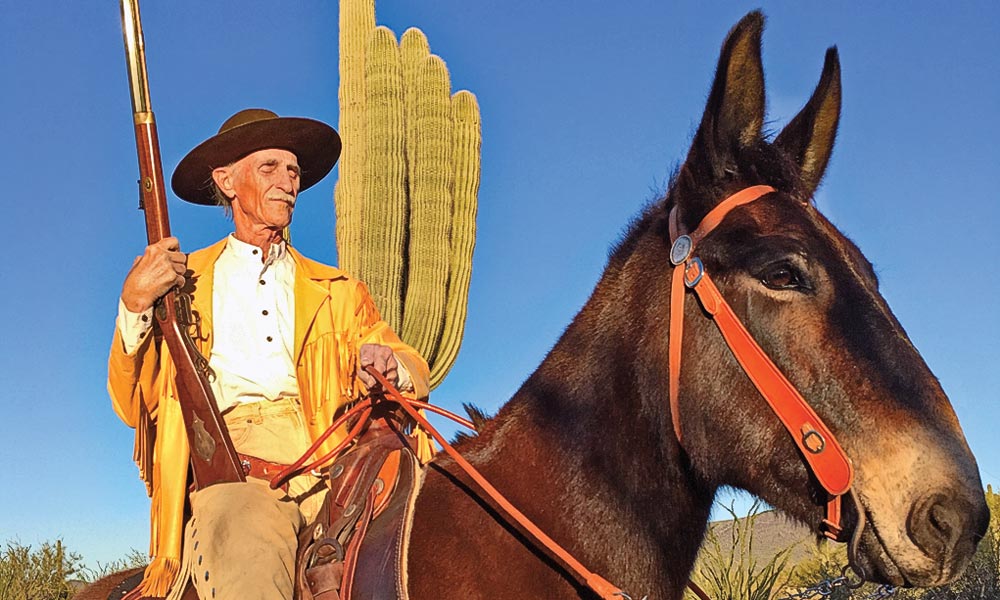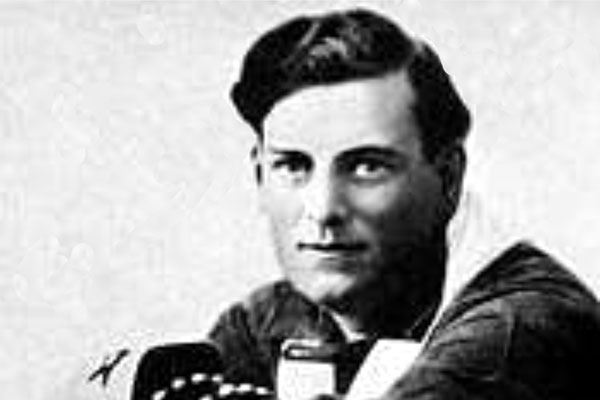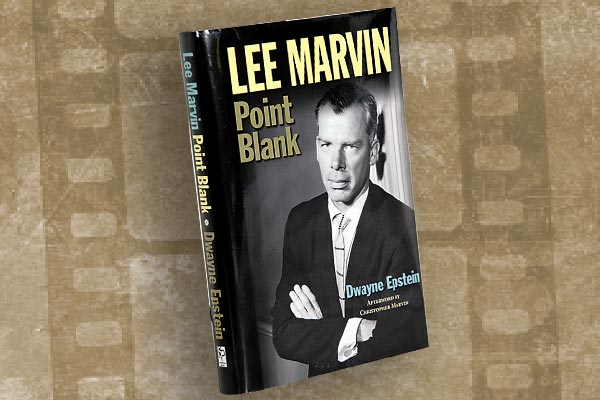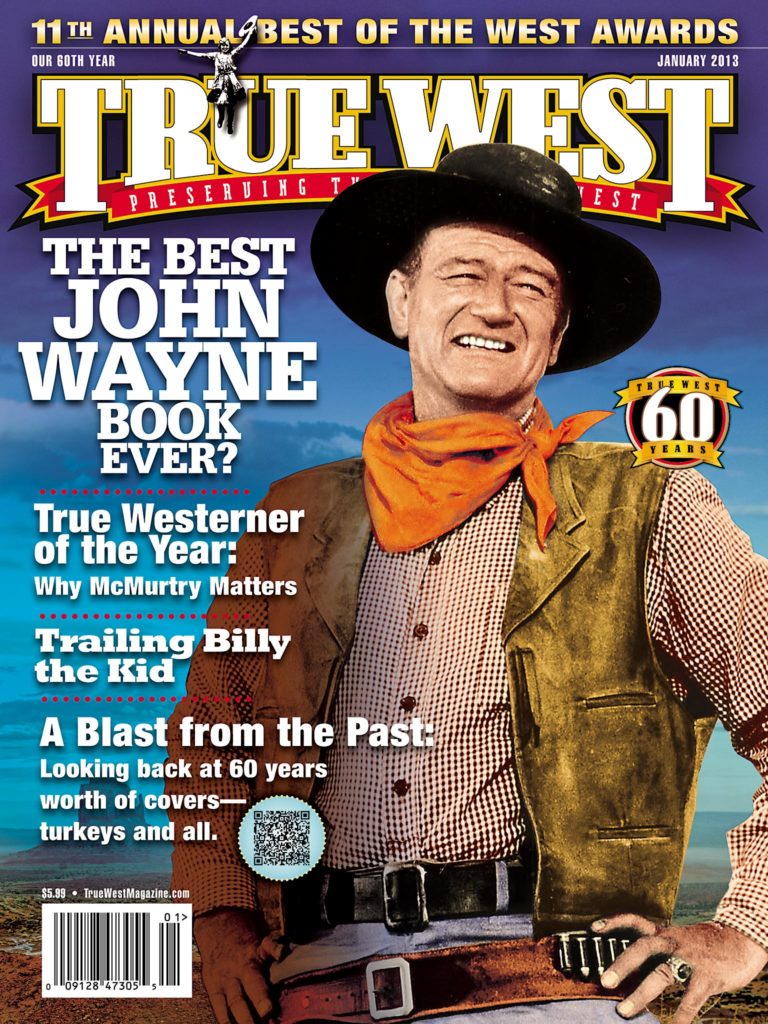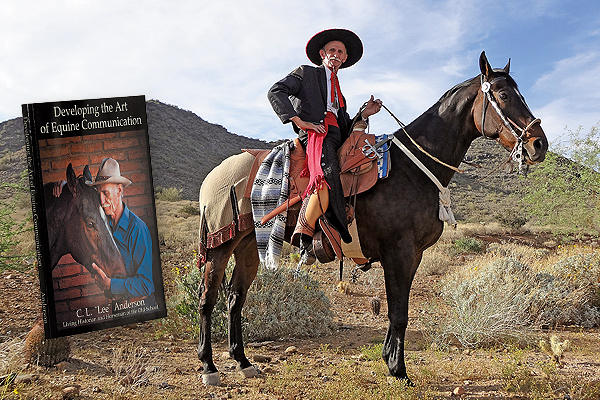 The secret to training a horse is absolute trust. Being a prey animal, horses, by nature, fear humans. We are predators and, without trust, a horse will always be “on edge.” They are big, powerful and quick, and more concerned with their welfare than yours.
The secret to training a horse is absolute trust. Being a prey animal, horses, by nature, fear humans. We are predators and, without trust, a horse will always be “on edge.” They are big, powerful and quick, and more concerned with their welfare than yours.
I first became interested in the Spanish vaquero’s horse training methods when I was a teen in the early 1950s and read Ed Connell’s “Hackamore Reinsman” series of articles in Western Horseman Magazine. The articles made a lot of sense to me then, and they still do. In the early 1900s, Ed worked on California ranches alongside sons and grandsons of old-time vaqueros, and he was the first to document their training methods.
When I’m credited as a “horse whisperer,” I have to bite my tongue and try to maintain composure. I’ve spent over 60 years diligently studying, plus thousands of hours developing my horse training skills. Mother Nature didn’t just hand them to me.
I’ve been a metal fabricator, a welder, a forklift operator and a spray painter. I can set up and run a 10-foot gate shear, a 400-ton press brake and a four post, 400-ton punch press. About 10 years ago, I retired from AlliedSignal aerospace company as a quality assurance engineer. Hey! I had to somehow support my real life … cowboys, horses and the Old West.
Nobody can touch Western writer Will James. His books contain no shoot-outs, bar fights or bank or train holdups. Instead he vividly brings to life the hard work, the skills, the danger and the excitement of the working American cowboy in the late 1800s and early 1900s.
For my money, the best Western ever is Monte Walsh. It graphically depicts the frustrations of the old-time, open range cowboys when their life was challenged by Eastern money and corporate ranching, fences and Industrial Revolution technologies. And it has a darned good shoot-out.
Nobody knows that my major in college was Commercial Art and Interior Decorating.
My daddy always told me a lot of things that didn’t seem relevant … ’til I had kids of my own.
History has taught me technologies change, but human nature doesn’t.
Some people don’t like my message. Yeah, well, I read somewhere once that, “All souls criticize that which they do not understand.”
My biggest influences were my parents. Mom, with her antique dolls and restored Victorian furniture, and Dad, with his Model “A” Fords, taught me an appreciation for people and technologies that existed before I was born.
I’ve developed a strong dislike for sub-zero winter weather. I can sit in the shade and drink cold water a lot longer than I can run to keep warm.
Lee Anderson, Living Historian & Horseman
Lee Anderson knows about real cowboys. This retired aerospace engineer living in Glendale, Arizona, has spent more than 60 years studying the Spanish Colonial vaqueros of 1750-1800, the Mexican cowboys of 1850-1900 and the American cowboys of 1880-1920. The horse training tools, methods and traditions he gleaned from the vaqueros have informed his own teachings, which he shares in his book, Developing the Art of Equine Communication, published by Moonlight Mesa Associates. Anderson offers up his living history tutelage in period performances with his horse and faithful partner, Concho, as an “Amazing Arizonan” for the Arizona Historical Society.


